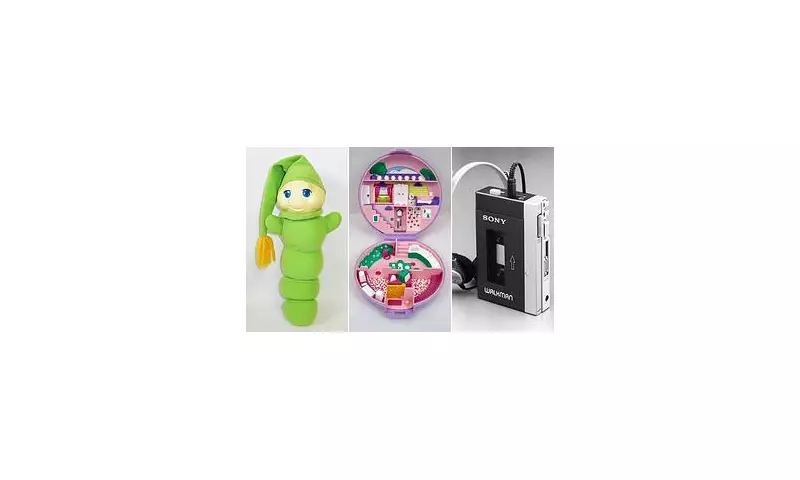
Remember that beloved childhood toy you cherished? Whether it was a Beanie Baby, Etch a Sketch or Rubik's Cube, new research reveals how much these nostalgic items would cost you today after decades of inflation.
The Price of Play Through the Decades
The Toy Retailers Association has compiled comprehensive data showing the top five most popular Christmas toys each year from 1970 to the present day. The figures reveal dramatic price changes that will surprise anyone who grew up during these eras.
In 1980, a Rubik's Cube cost just 91p - equivalent to £3.94 in 2025. Meanwhile, more substantial purchases like the Lego Train Set commanded £40 back then, which translates to £173.28 today.
1970s: Simpler Times, Lower Prices
The 1970s represented an era of creative, non-digital toys that captured children's imaginations. From Sindy dolls to space hoppers and Etch a Sketch, these toys defined childhood for a generation.
In 1970, the British-made Sindy doll cost £3.99 - equivalent to £55.25 today. The iconic Etch a Sketch was even more affordable at just 99p in 1971 (£12.63 today).
Some of the most dramatic price increases came from early technology. The Atari 2600, released in 1977, cost £105.70 then but would set you back £626.95 today. Similarly, the revolutionary Sony Walkman launched in 1979 at £81.67 - equivalent to £405.96 now.
1980s: Puzzles and Plush Toys Dominate
The 1980s saw puzzle-solving toys like the Rubik's Cube and creative items like Lite-Brite take centre stage. This decade also witnessed the rise of beloved plush companions.
The neon green Glow Worm, which lit up when squeezed, cost £4.99 in 1982 (£17.10 today). Sylvanian Families collectible figures grew in popularity towards the decade's end, priced at £6.97 then (£20.35 now).
Technology continued to command premium prices. The Commodore 64 computer cost £117.85 in 1982, equivalent to £424.20 today.
1990s: The Digital Revolution Begins
As technology advanced, the 1990s introduced innovative electronic toys that changed playtime forever. The Nintendo Game Boy and Sega Game Gear became must-have items.
The Sega Game Gear cost £97.95 in 1991 - equivalent to £554.05 today. Traditional toys like Barbie and Action Man remained popular but saw significant price increases. A Barbie doll priced at £10.99 in 1993 would cost £23.88 now.
The decade also saw the emergence of digital pets with Tamagotchi (£9.99 then, £19.88 now) and the controversial Furby (£24.99 then, £48.97 now).
2000s to Present: Technology Takes Over
The new millennium brought sophisticated technological toys that would have seemed like science fiction decades earlier. Robotic pets, advanced gaming consoles and smartphones dominated wish lists.
The Teksta Robotic Dog cost £38.74 in 2000 (£74.33 today), while the iconic Nokia 3310 mobile phone commanded £150 (£287.79 today).
Recent years have seen Monopoly return to popularity with special editions, while Bluey merchandise and Mini Brands collectibles have captured today's young imaginations.
The data provides a fascinating glimpse into how play - and its price tag - has evolved across generations, showing that while toys change, the joy they bring remains priceless.





